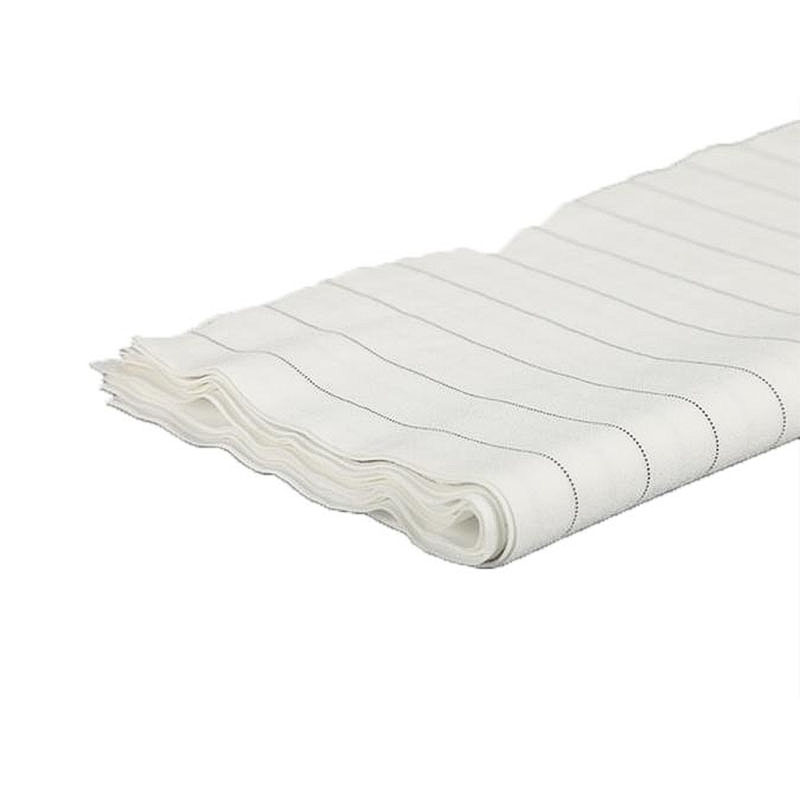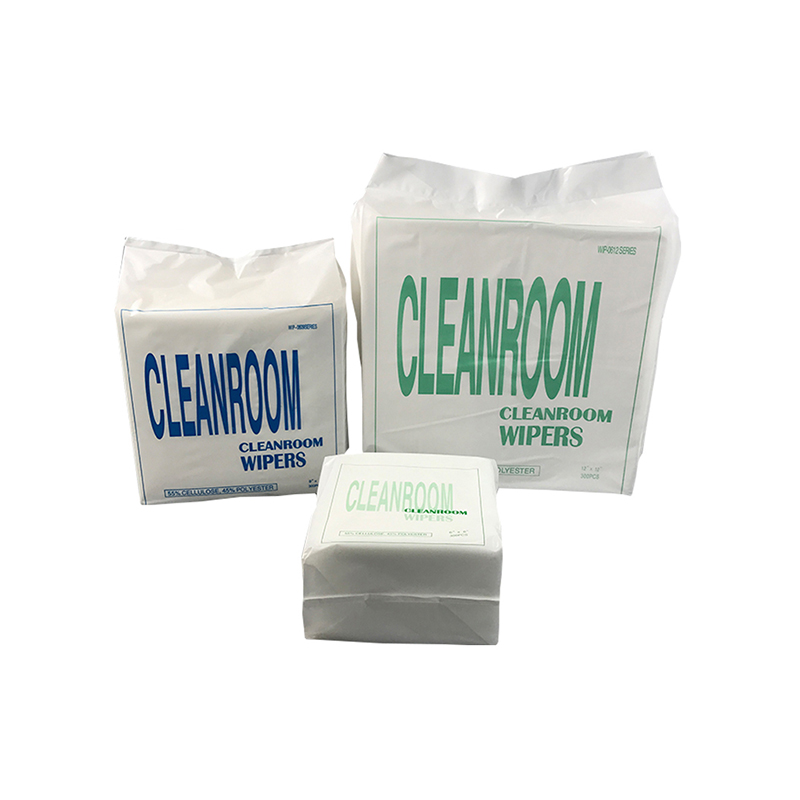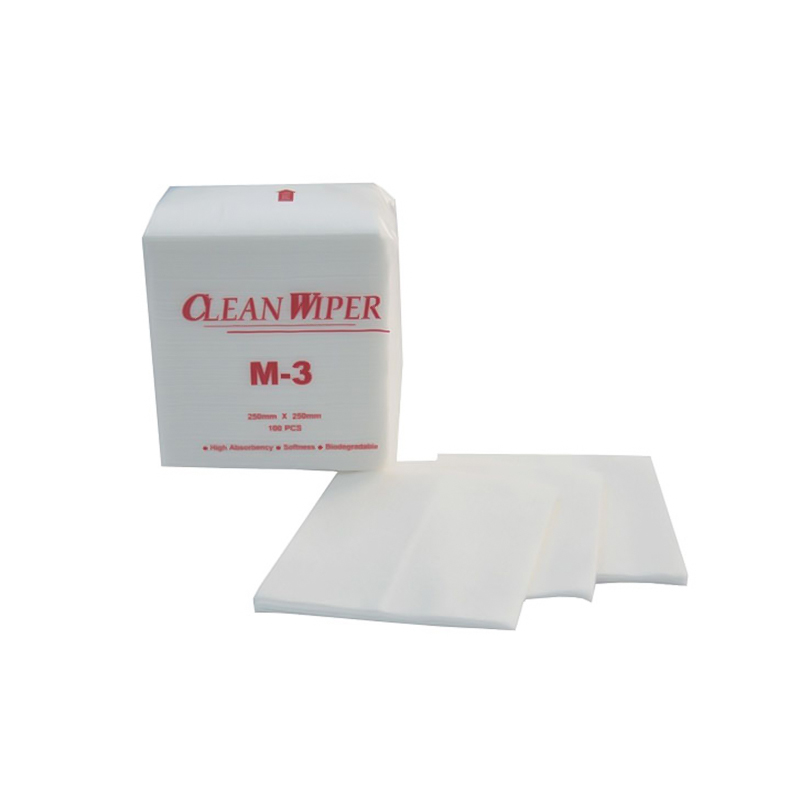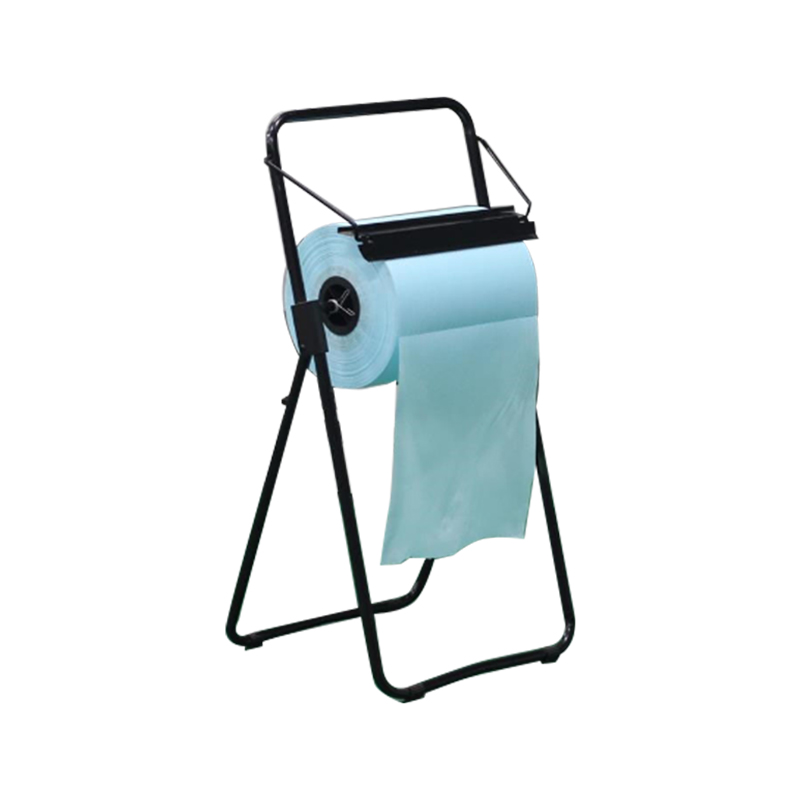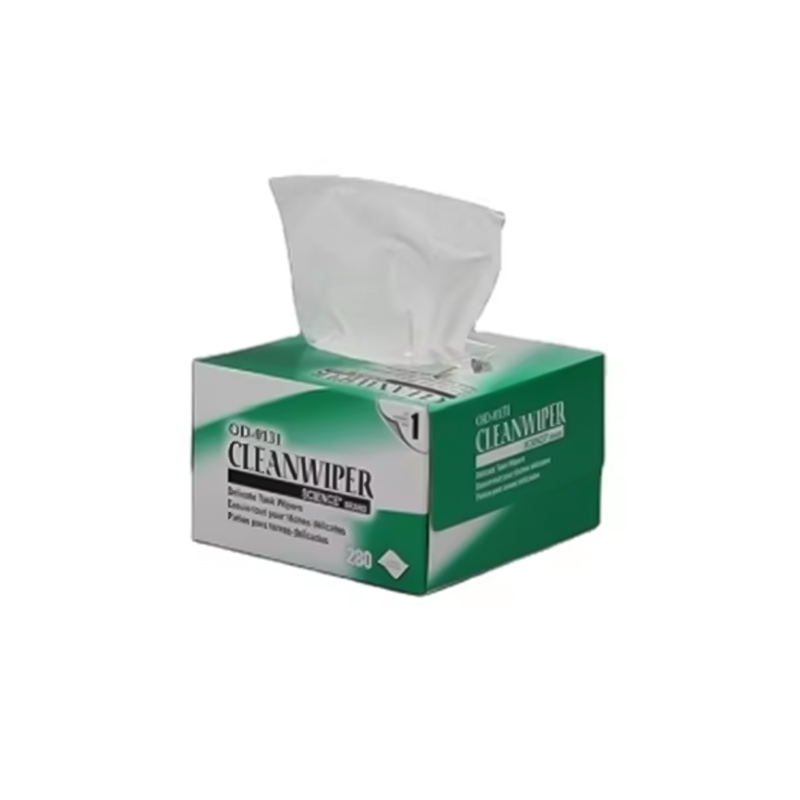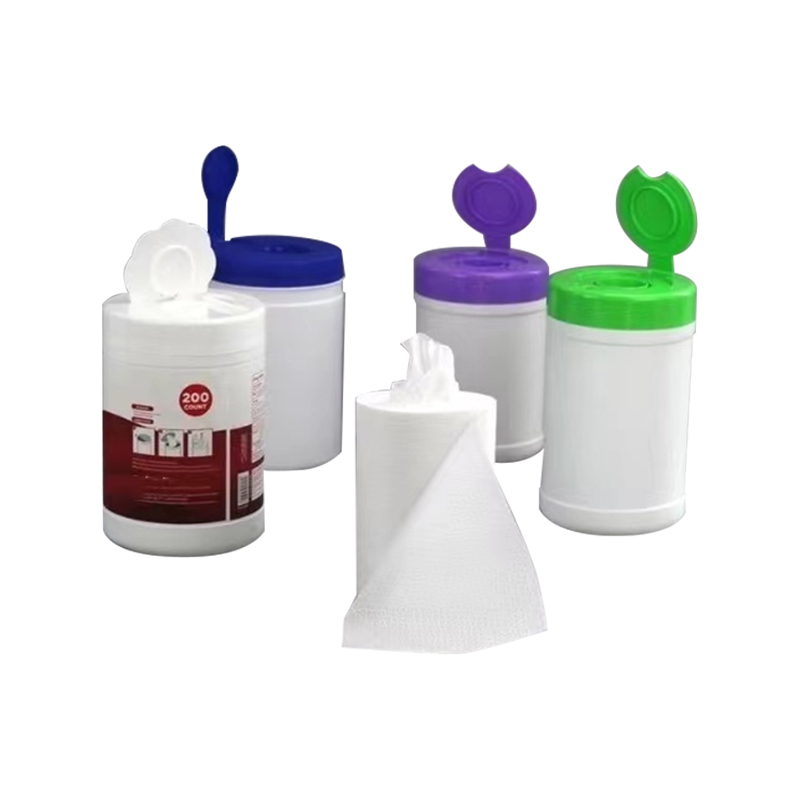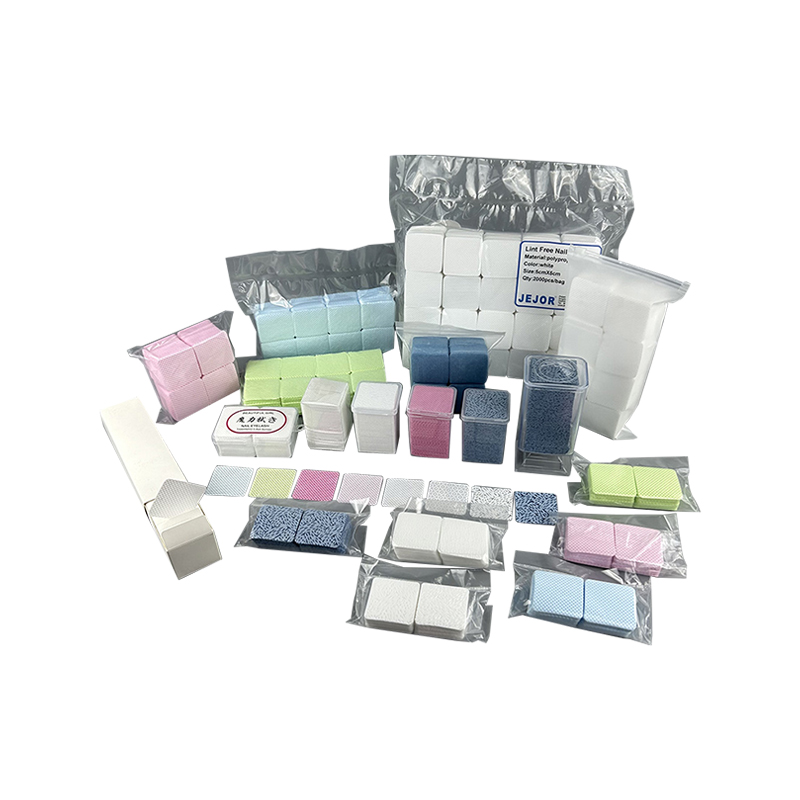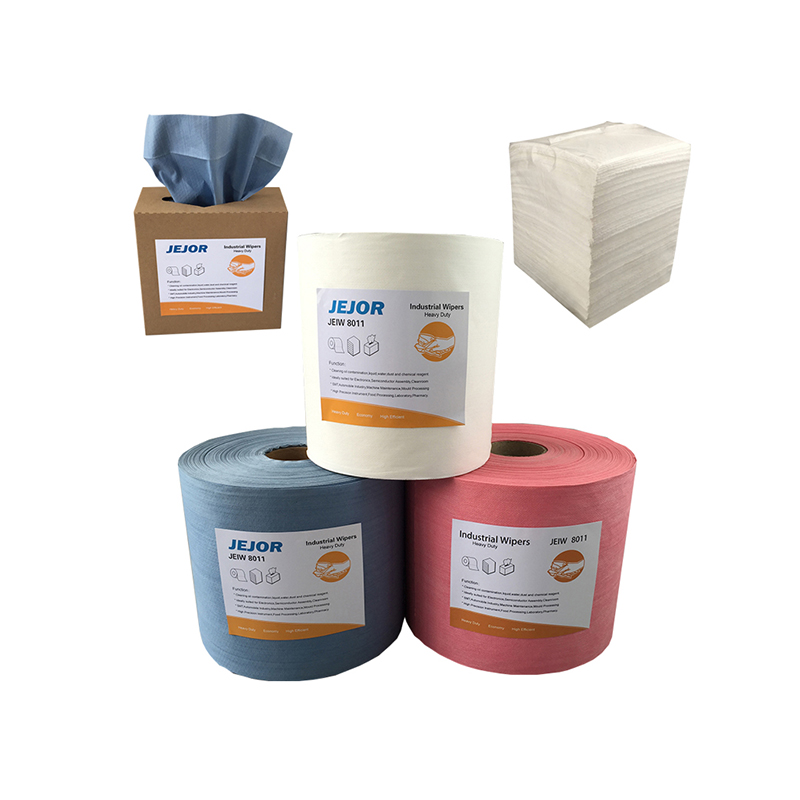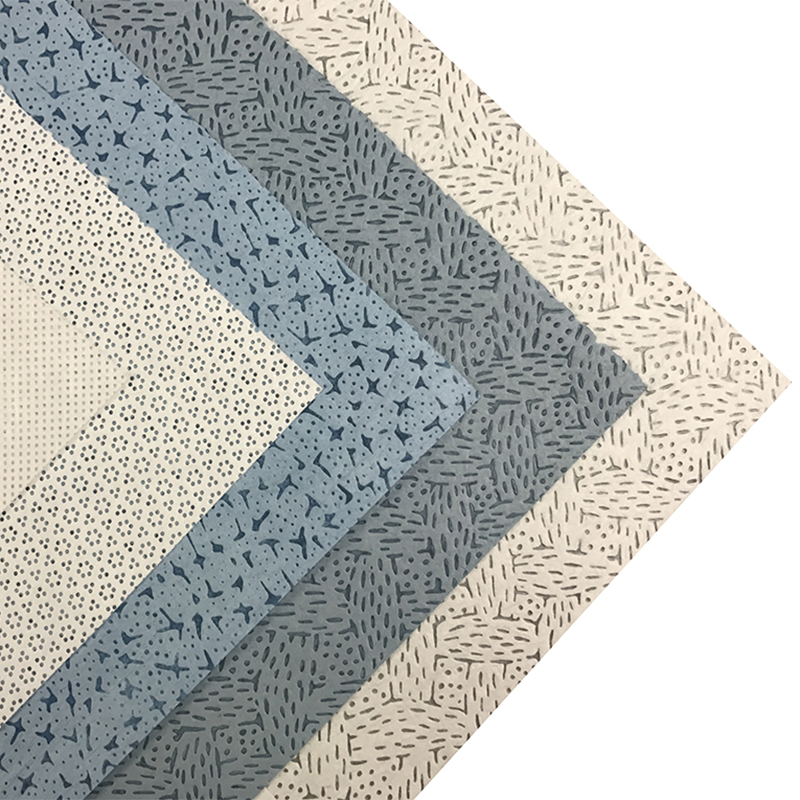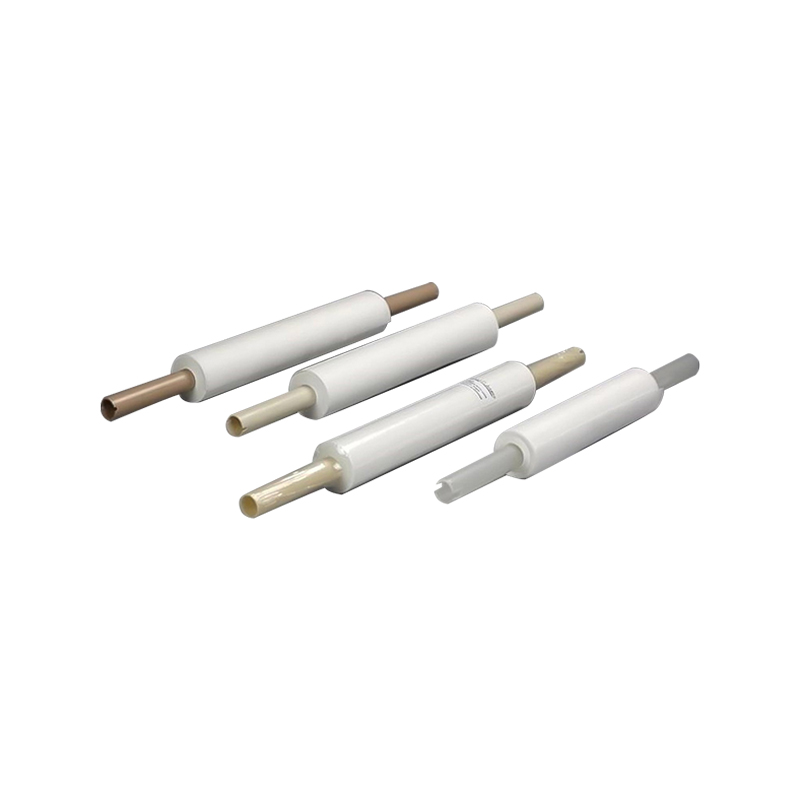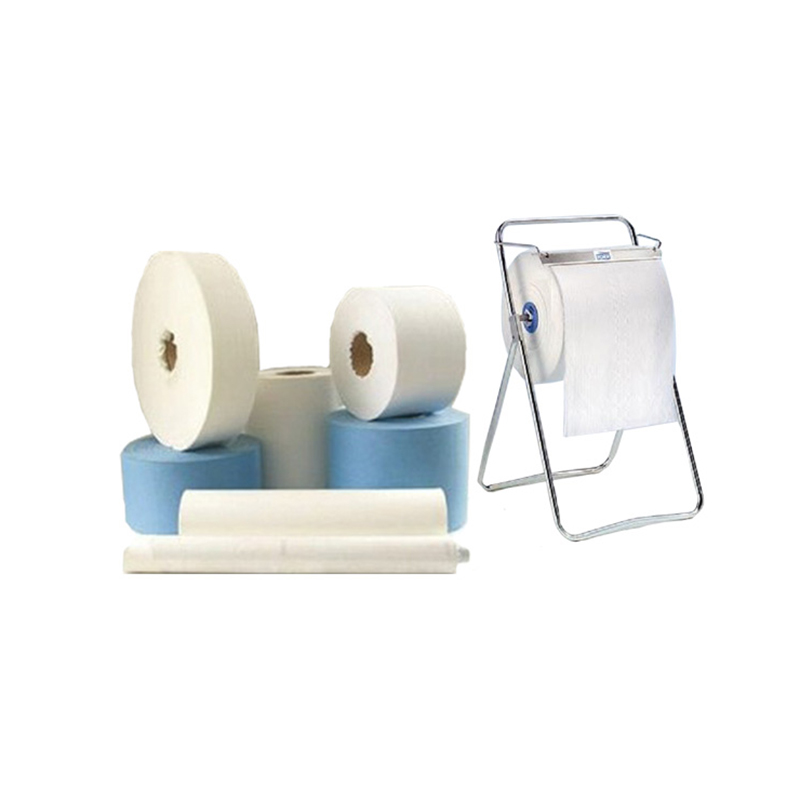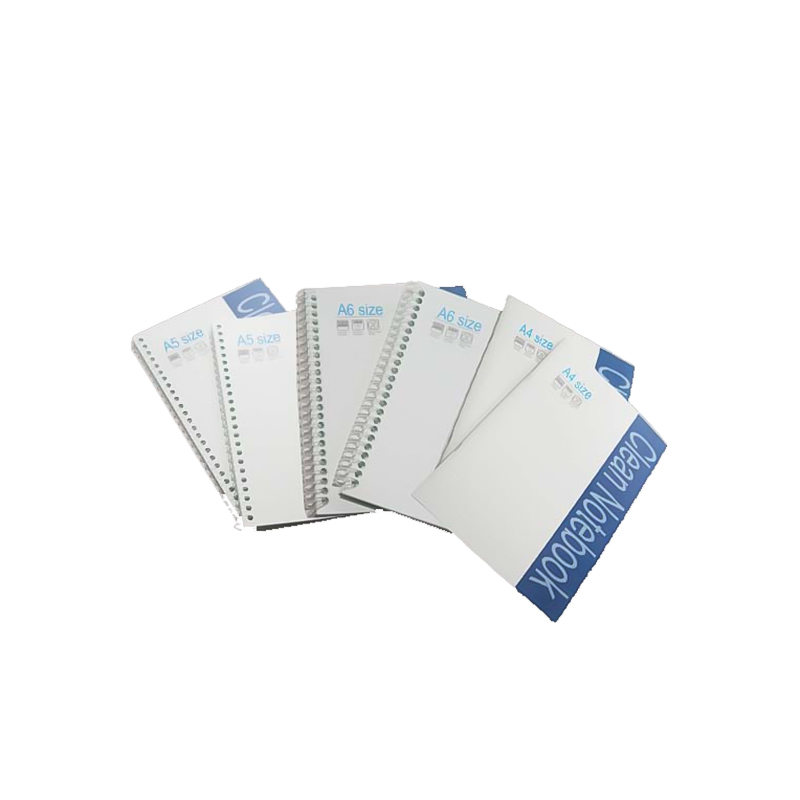Common Raw Materials for Nonwoven Wipes
1. Natural Fibers: These include wood pulp, cotton, viscose, and lyocell fibers. These fibers are biodegradable and hydrophilic, and are commonly used in flushable wipes.
2. Synthetic Fibers: Polyester (PET) and polypropylene (PP) are the most common synthetic base materials, providing high strength and durability.
3. Blended and New Functional Fibers: Bamboo fiber, PLA (polylactic acid) fiber, silk fiber, and algae fiber are added to traditional fibers to enhance absorbency, antibacterial properties, or biodegradability.
Compared to traditional textile wipes, what are the advantages of nonwoven wipes in terms of absorbency, tear resistance, and cost?
1. Better Water Absorbency: The high porosity of the nonwoven structure and hydrophilic treatments (such as spunlace and hydrophilizing agents) enable it to absorb significantly more water per weight than traditional textile wipes.
2. Greater Tear Resistance: Experimental data shows that the maximum tensile strength (F_max) of nonwoven wipes is generally higher than that of ordinary paper towels, ensuring they remain intact during use and reducing secondary contamination.
3. Significant Cost Advantage: With the investment in automated production lines (48 automated weaving, washing, and forming lines), unit production capacity has increased tenfold, production costs have been reduced, and profit margins are far higher than those of traditional spinning processes.
Suzhou Jujie Electron Co., Ltd.'s Technology and Capacity in Nonwoven Wipes
1. Company Overview and History: Founded in 2005, Jujie Electron is a high-tech enterprise specializing in the research and development, production, sales, and service of cleanroom and anti-static products. In 2018, Jujie acquired Jujie Ultra Clean Technology Shuyang Co., Ltd. to further expand its cleanroom and ESD product lines.
2. Advanced Production Facilities: The 33,000-square-meter factory, including 8,000 square meters of lint-free workshops, is equipped with 48 automated weaving, washing, and forming production lines. High-end equipment, including imported laser cutting machines from Japan and ultrasonic cutting machines from Germany, the United States, and South Korea, ensures efficient and precise product processing.
3. Strict Quality Control and Testing: Advanced testing instruments, such as infrared spectrometers and liquid particle counters, ensure product absorbency, tear resistance, and cleanliness meet ISO Class 5 and Class 6 standards and are NEBB certified.
4. Market Positioning and Product Advantages: With its high absorbency, tear resistance, and disposable nature, the product is widely used in industrial, medical, laboratory, and household applications, meeting diverse needs for hygiene, convenience, and safety.

 中文简体
中文简体 English
English Español
Español русский
русский Deutsch
Deutsch Français
Français